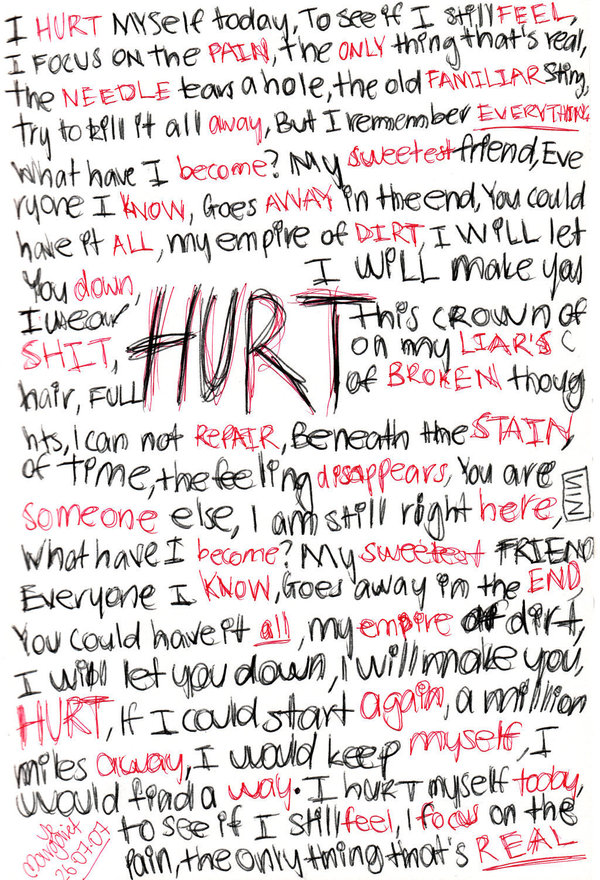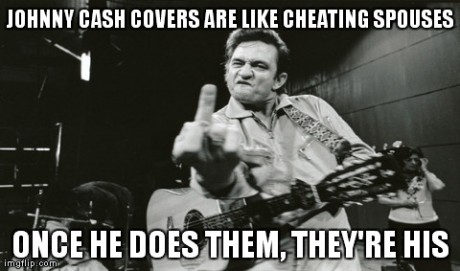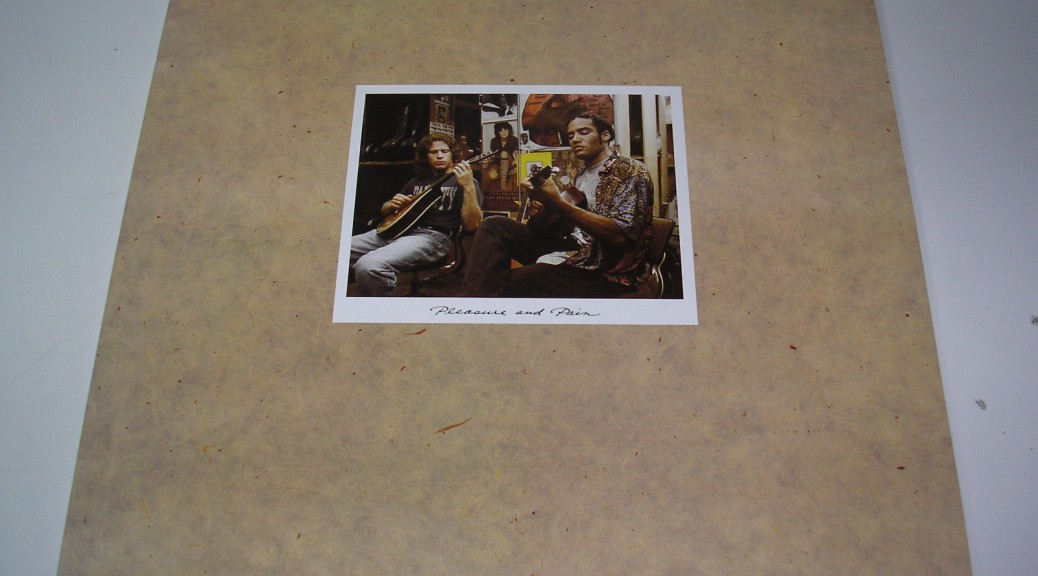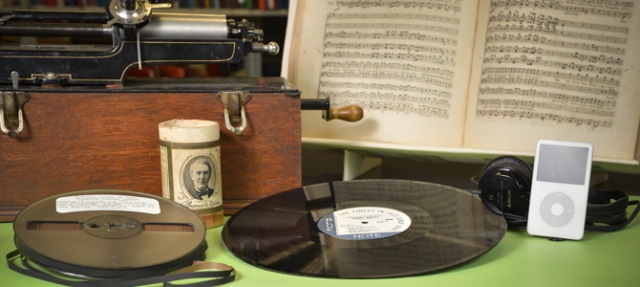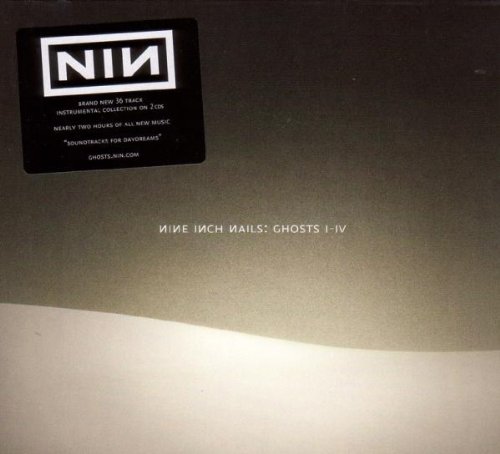So here’s the deal…. DSD recordings are the gold standard of high definition digital audio. They are not always the best digital recording of any particular album, but they have the opportunity to be. Just because a title is released on SACD (i.e. DSD recording) doesn’t mean that the recording engineers did everything else possible to provide the best quality. Sound quality varies title by title, and I’ve listened to many DSD recordings and found that some are better than others, just as I’ve found some vinyl recordings are better than others. A perfect example of a dismal DSD formatted release is the SACD version of U2’s “Achtung Baby”. The fault isn’t in the DSD format, but rather in the fact that the original master tapes were 16 Bit DATs (Digital Audio Tapes – The “Dark Ages” of High End Audio). So the SACD version faithfully reproduced the totally flat (lacking dynamic range) and lifeless sound quality that the original 16 Bit DATs were limited to. Garbage in, garbage out syndrome and, as much as the purveyors of such releases would like you to believe that upsampling performs some kind of voodoo magic, it doesn’t. You simply can’t make chicken salad out of chick shit.
The very highest quality DSD recordings are those made “direct to DSD”, meaning that the artist’s were assembled in the studio for the purpose of “cutting” a DSD master recording. Since “direct to DSD” recordings have only been around for less than a decade, they are limited to new and relatively unknown (though often very talented) acoustic artists. The “direct to DSD” concept is analogous to the “Direct to Disc” recordings put out by Sheffield Labs in the 1970s, where the artists would record direct to the vinyl cutting lathe without interruption. That’s right, at the time “disc” meant vinyl record. Not only did the artists have to perform flawlessly for an entire record side but, perhaps an even more amazing feat, so did the recording engineer who was continuously adjusting and mixing the levels of up to 24 tracks simultaneously. Screw it up and everyone starts over, not from the beginning of the song but from the beginning of the 20+ minute LP side. Painstaking to say the least, but these releases eliminated one more link in the recording chain, the analog master tapes – the recording went straight to the LP cutting lathe and the recordings were used industry-wide to showcase what audiophile quality sound was all about. In fact, Dave Gursin’s “Discovered Again” direct to disc recording was one of the reference LPs (What is a “reference recording”?) of choice for the loudspeaker designers at Audionics of Oregon when I worked there back in the late 1970s.
Second to DSD digital quality is PCM with a resolution of 24 bits, at a sampling rate of 96 kHz or 192 kHz. I’ve found that the 24 bit depth resolution to be the key factor, and the sampling rate to be far less significant. This makes perfect sense when you think about it – 24 bit sampling offers a resolution that is 256 times greater than the 16 bit that “Redbook” CDs offer. Since digital is binary, we are talking about 2 to the power of 24 (16,777,216 bits) vs. 2 to the power of 16 (65,536 bits), whereas a sampling rate of 192 kHz is only 4.3537 times greater than that of 44.1 kHz.
And not all titles are available in all formats. That’s why I’ve got a mix of different formats and have several titles in more than one format. Interestingly, DVD-As are going way up in price since the format is dead and they are becoming more collectable. A sealed copy of Steely Dan’s “Gaucho” on DVD-A sells for around $120 vs. $15 for a sealed SACD copy, even though the SACD release has superior sound quality. Go figure.
Online downloads are getting better all the time and are perfect for those who prefer the convenience of having a music server. But be careful as many tracks are just up-sampled and resold as being higher definition. In case you are wondering what a music server is, just think of iTunes. It is the most ubiquitous music server in existence and remains the ultimate example of convenience over quality (as for audiophile quality music servers, see DSD Music Server project). The files sold on the iTines Music Store are grossly inferior to even Redbook CD quality (16-Bit/44.1K), and useless for high definition audio playback, though useful for other listening (What I love about MP3s).
Online downloads of high definition audio files come at a premium price. For example, the cost for a PCM 96K/24 bit download of Eric Clapton’s “461 Ocean Boulevard” (a fantastic recording) costs $25 and the better quality DSD version on a sealed SACD costs only $16. But listening to the SACD means you need to get out of the listening chair and insert the SACD disc into your player whereas with the PCM 96k/24 bit file on a music server you can buy individual tracks, make playlists, and sit on the sofa and change your mind, all iTunes style.
And… the techies love the gadgetry that the music servers offer, “Hey, check out what I can do with my iPhone remote”, and are willing to compromise quality for it. Some will argue that is not the case but they are likely spending more time discussing it on the forums than sitting down and listening to their music.
I’m of a different cloth, where sound quality is paramount and everything in my system is selected to that end. That isn’t to say that I won’t connect my iTunes server to my high end system and put on background music. But when I do my “sit down and listen” sessions, I want the best quality possible. As I write this I am listening to DSD off my music server and warming up my amps for a vinyl session. Not many people sit down and listen to music anymore, and that’s fine. I just happen to be amongst those who still love doing so. Over… say, watching TV or listening to NPR any day. I suspect few with high-end music servers sit down and listen to their music much, where they do nothing else but enjoy the music. And that’s fine, they have some of the finest quality background music playlists the world will ever know.
Linn has been leading the charge for good quality high definition digital audio with their SACDs and music servers. This is ironic, since they established their name based upon their venerable LP-12 turntable, which is still sold to this day for several thousand dollars. More importantly, they are “all about the music” and go to great lengths to get the recording right in the studio. And, when they put one of those recordings on a SACD the results are astounding. The first time I sat down and listened to one of their reference recordings simply redefined what I considered digital audio capable of.
http://www.linnrecords.com/linn-formats-history.aspx
